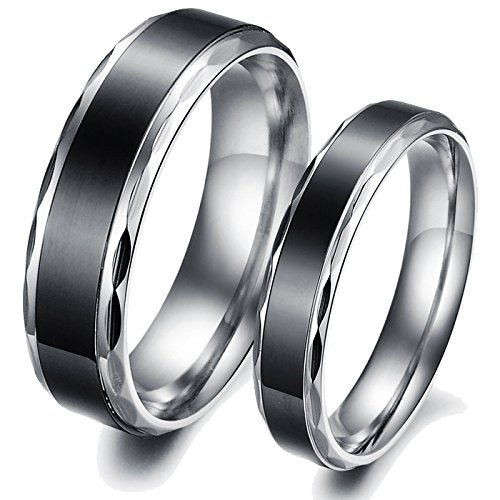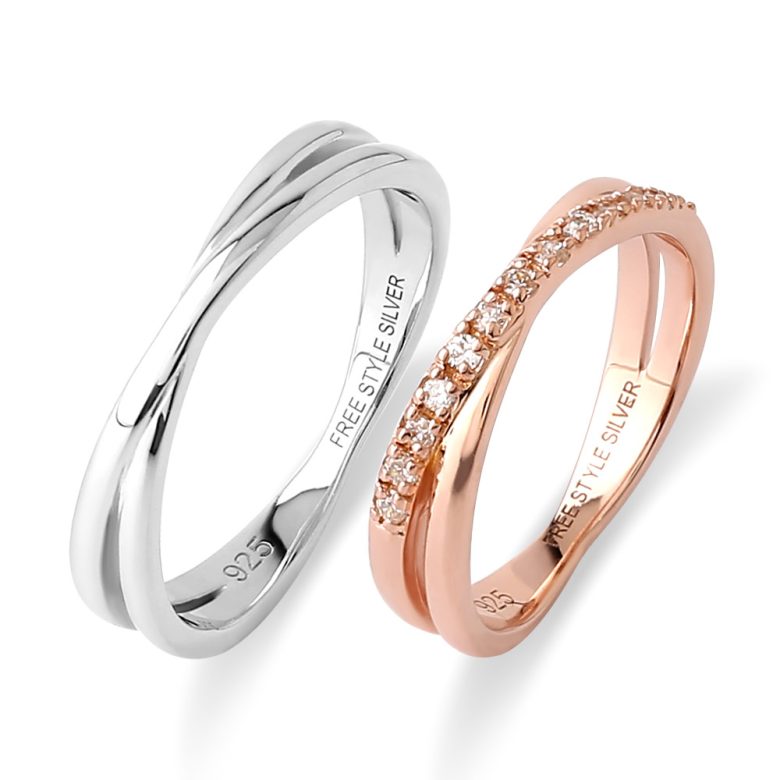
Ringsは、ネックレスをはじめとしたアクセサリーやジュエリーの総称として広く使われます。 Ringsは非常に古くから用いられていて、比較的安価な費用で売られていて、通常はゴールド、シルバー、プラチナ、石などが入っています。 宝飾をうめたリングには、指輪はもちろん、家紋などのシンボル、幸福、学業、健康などを祈願するものもあります。
また、Ringsの意味は主に婚約や結婚の証としての実用性も持っています。そして婚約指輪には、印台(フェイス)と呼ばれる石がセットされています。上質の石を使用すると高価なものとなりますが、今では宝石と刻印を入れたかわいいデザインもあります。また、指輪を象徴する模様として主に2つのモチーフがあり、一方は「引き金(clasp)」が、他方はエンドレスの環を示す「無尽蔵(infinity)」です。
Ringsは、プレゼントや贈り物として好まれていますが、特にリングは人を思いやる優しい思いを表しています。 プレゼントしたり受け取ったりするとき、心もうつりますし、心から感謝をしますよね。 Ringsは、友情、愛情、思いやりなど、人と人をつなぐ機能を担っているのです。
Ringsは百聞は一見にしかず、実際に見て感じることで特別なものを感じるのです。 空間の入れ味としてのリングでは、一つの表情を持ってインテリア風景を演出することもでき、小さな物語を描くことができます。 Ringsは、たった一つだけの美しい形で、あなたの理想を叶え、本当の自分を表すことができるのです。
Introduction: A Glittering Emblem of Fascination
From ancient times to modern-day fashion statements, rings have held an irresistible allure for humanity. These circular wonders, adorned with precious gems or simple bands, have fascinated cultures around the globe. While often associated with matrimonial bonds, rings extend far beyond the realm of weddings. They serve as emblems of power, symbols of love and commitment, and sometimes, even gateways to realms beyond our own. Join us on an extraordinary journey as we unravel the mysteries surrounding the enigmatic rings that have captivated our collective imagination for centuries.
Origins of Rings: An Ancient Legacy
Rings trace their origins back to the ancient civilizations that thrived across the globe. Let’s delve into the diverse and intriguing beginnings of these timeless adornments:
- Ancient Mesopotamia: The Cradle of Civilization
- Sumerian Signet Rings: In ancient Mesopotamia, rings were used as seals to signify authority and ownership. Sumerians engraved their rings with distinctive symbols, serving as signatures on clay tablets.
- Cylinder Seals: Elaborately carved cylinder seals, often worn as rings, were employed by Mesopotamian societies for marking documents and securing valuables.
- Ancient Egypt: The Land of Pharaohs
- Scarab Rings: In the realm of the pharaohs, scarab rings emerged as popular talismans, symbolizing rebirth and protection.
- Cartouche Rings: Pharaohs and nobles adorned their fingers with cartouche rings, personalized with hieroglyphics representing their names or divine epithets.
- Ancient Greece: Birthplace of Myth and Legend
- Gimmel Rings: Ancient Greeks embraced the concept of unity through gimmel rings, which consisted of two interlocking hoops. These rings served as a pledge of love or friendship when separated and a symbol of union when joined.
- Poison Rings: Ingeniously crafted with hidden compartments, poison rings allowed wearers to conceal toxic substances, making them a clandestine tool for political intrigue.
- Medieval Europe: Rings of Chivalry and Devotion
- Posy Rings: During the Middle Ages, posy rings gained popularity as expressions of love and devotion. These bands were often engraved with romantic verses or inscriptions.
- Ecclesiastical Rings: Ecclesiastical figures donned rings as symbols of their religious authority and office, with the Bishop’s ring being a notable example.
The Symbolism of Rings: Love, Power, and Beyond
Throughout history, rings have carried profound symbolism, representing a multitude of concepts and emotions. Here, we explore their diverse meanings across various cultures and contexts:
- Rings as Symbols of Love and Commitment
- Engagement Rings: A sparkling testament to love, engagement rings have long been associated with promises of eternal devotion. The timeless beauty of diamond rings has come to epitomize betrothal in many cultures.
- Wedding Bands: Simple yet significant, wedding bands symbolize the unbreakable bond between spouses, representing the eternal circle of love.
- Rings as Symbols of Power and Authority
- Signet Rings: Used by rulers, nobles, and prominent figures, signet rings were adorned with family crests or personalized insignias. These rings served as symbols of authority and were used to authenticate documents and issue decrees.
- Papal Rings: The Papal Ring, also known asthe Fisherman’s Ring, holds great significance within the Catholic Church. Passed down through generations of popes, this ring represents the authority and spiritual leadership of the pontiff.
- Rings as Symbols of Protection and Luck
- Claddagh Rings: Hailing from Ireland, Claddagh rings feature a heart, hands, and a crown, symbolizing love, friendship, and loyalty. These rings are often passed down through generations and are believed to bring good fortune and protection.
- Hamsa Rings: Popular in Middle Eastern cultures, Hamsa rings showcase the hand-shaped amulet, believed to ward off evil and provide protection to the wearer.
- Rings as Symbols of Mystical and Supernatural Connections
- Elven Rings: Inspired by J.R.R. Tolkien’s fantasy world, the concept of Elven rings captures the imagination. These mythical rings granted their bearers extraordinary powers and abilities.
- Mood Rings: Emerging in the 1970s, mood rings claimed to reflect the wearer’s emotional state by changing color based on body temperature. While not based in mysticism, these rings captured the fascination with the supernatural during that era.
Cultural Significance and Contemporary Trends in Rings
- Rings in Wedding Traditions
- Western Wedding Rings: In Western cultures, exchanging wedding rings during the marriage ceremony is a time-honored tradition, symbolizing the eternal commitment and love between partners.
- Indian Wedding Rings: Intricately designed and often embellished with precious gemstones, Indian wedding rings hold immense cultural significance, representing prosperity, spirituality, and marital bliss.
- Fashion and Statement Rings
- Cocktail Rings: Popularized in the 1920s, cocktail rings are large, eye-catching pieces often adorned with colorful gemstones. These glamorous accessories make a bold fashion statement.
- Stackable Rings: A contemporary trend, stackable rings allow for creative and personalized combinations. Wearers can mix and match different bands, metals, and gemstones to create a unique and stylish look.
- Rings in Pop Culture and Film
- The One Ring (The Lord of the Rings): One of the most iconic rings in literature and film, the One Ring holds immense power and plays a central role in J.R.R. Tolkien’s epic fantasy saga.
- The Infinity Gauntlet (Marvel Comics and Films): Embodied with the power of the six Infinity Stones, the Infinity Gauntlet, worn by the villain Thanos, became a pop culture phenomenon.
FAQs about Rings: Answers to Your Curiosities
Q: What is the significance of wearing a ring on different fingers? A: The significance varies across cultures and individuals. For example, in many Western cultures, the ring finger is reserved for engagement and wedding rings, while other fingers may be adorned with decorative or symbolic rings.
Q: Are there any superstitions or beliefs associated with rings? A: Yes, many superstitions exist around rings. For instance, it is said that dropping a ring is a bad omen, while finding a ring unexpectedly brings good luck. Additionally, some believe that wearing rings with specific gemstones can enhance certain qualities or provide protection.
Q: Can rings be considered art forms? A: Absolutely! Rings, with their intricate designs and craftsmanship, can undoubtedly be considered wearable art. From ancient artifacts to contemporary avant-garde creations, rings showcase the artistic expression of their creators.
Conclusion: A Circle of Enduring Fascination
The rings we wear on our fingers encompass a tapestry of history, symbolism, and personal expression. From ancient civilizations to modern trends, rings have transcended time and cultures, captivating our imaginations along the way. Whether it’s the eternal bonds of love, the assertion of power, or the embodiment of mystical connections. - Rings as Symbols of Protection and Luck





コメント